Week 87, 2020
- by Mike@PiedmontFarmstead
- The 'Stead
- Comment 1
- March 31, 2020
Here at our Gaston County Farm there is a lot going on right now on the farm and in our community, and it is not just all the beyond organic vegetables we’re growing. As you are probably aware there is a virus spreading in the country creating all kinds of physical, physiological and economic issues. As we write, we are under a “Stay at Home” order with restrictions on gatherings and keeping our distance from one another to prevent the further spread of the virus.
Support Local Small Farms:
There will no doubt be long lasting changes to the way we fundamentally think and act as a result of the current situation. Our hope as farmers is that the good changes stick with our country. Our small farming community is seeing increased interest and demand for small farm produced products. Grocery stores are having trouble keeping items on the shelves. Many customers are opting to participate in on-farm pickups, pre-ordering and attending farmer’s markets. While the driving force behind this shift is certainly not the best, we hope that this shift to more local food stays around and continues. We urge you to find and support your local farms, they would love to have you!
In The High Tunnel:
A week after we published the last update we harvested what we could out of the tunnel and moved our chickens into the tunnel. The reason behind moving the chickens into the tunnel was to break pest cycles. We had pest problems last year and hope that this will help. The chickens stayed in the tunnel for about 4 weeks and did a pretty good job at destroying any beds and crops we had in there. Nice work, chickens!
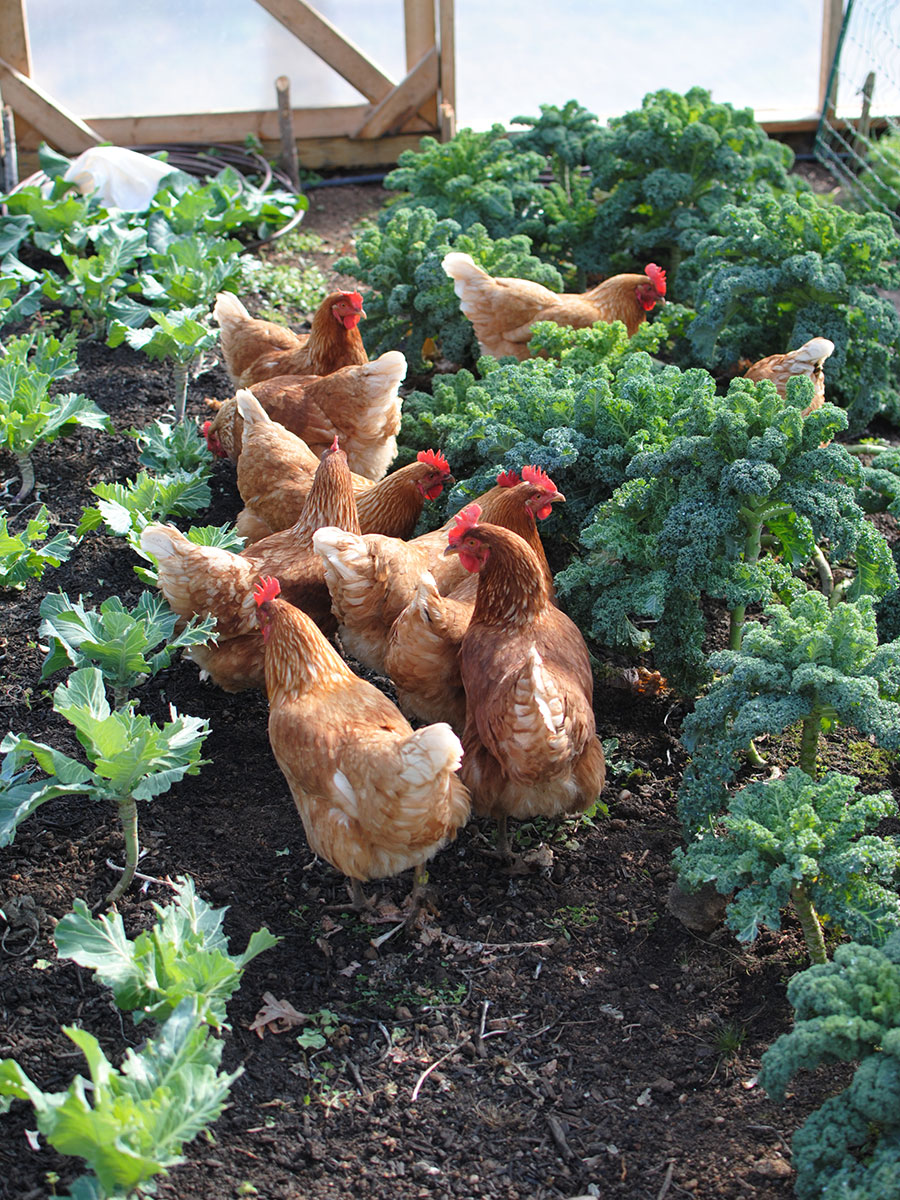
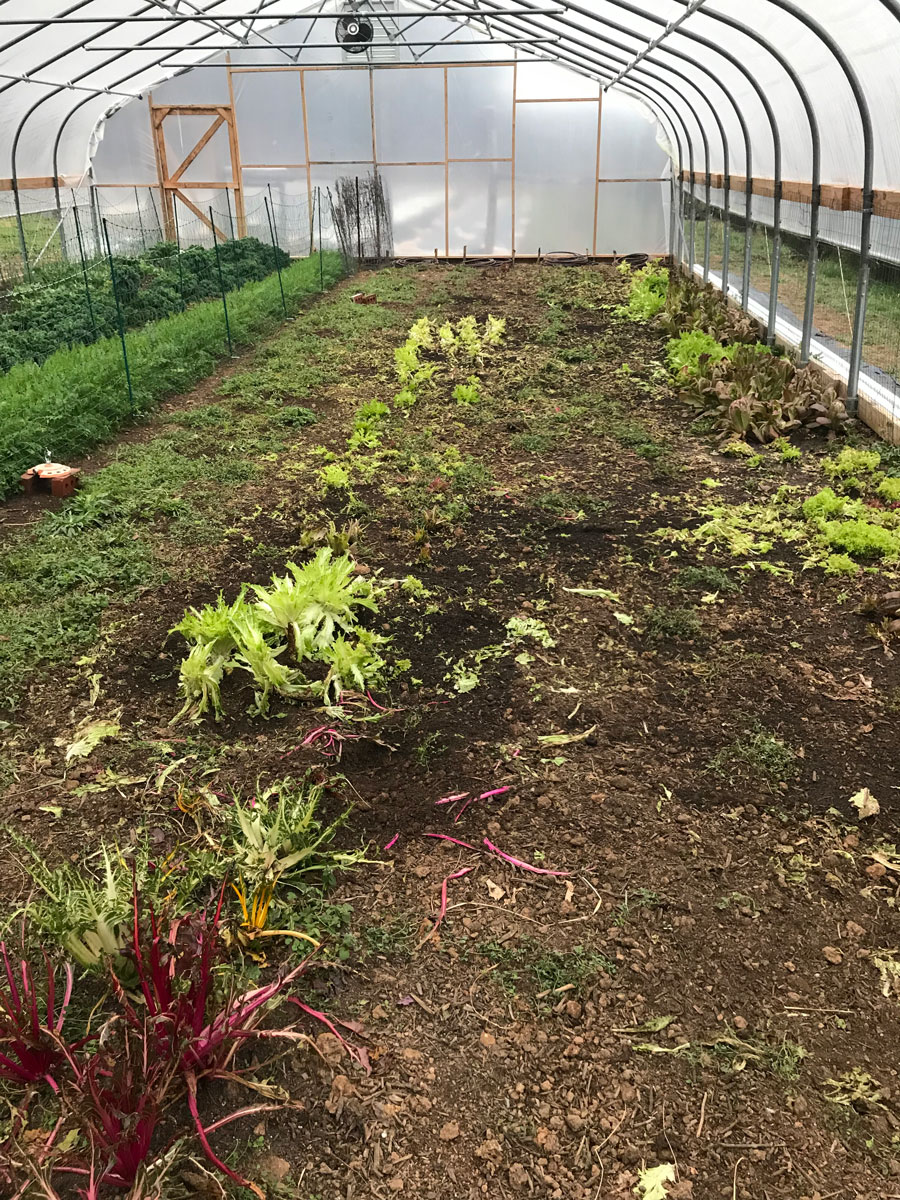
After the chickens were out of the tunnel we started the process of rebuilding the beds, weeding and adding compost. We weeded anything left and removed any crops still in the ground. At our farm in Gaston County we leave the soil as undisturbed as possible, following beyond organic practices. One way we do this is by never pulling crops out of the ground and remove them by cutting them just below the surface. Chickens love these days because they get almost all of the crop residue. After all the weeds and crops are removed, we raked the area, filling in the ruts the chickens had dug out. Once that was complete we ran out string lines and added compost to each bed.
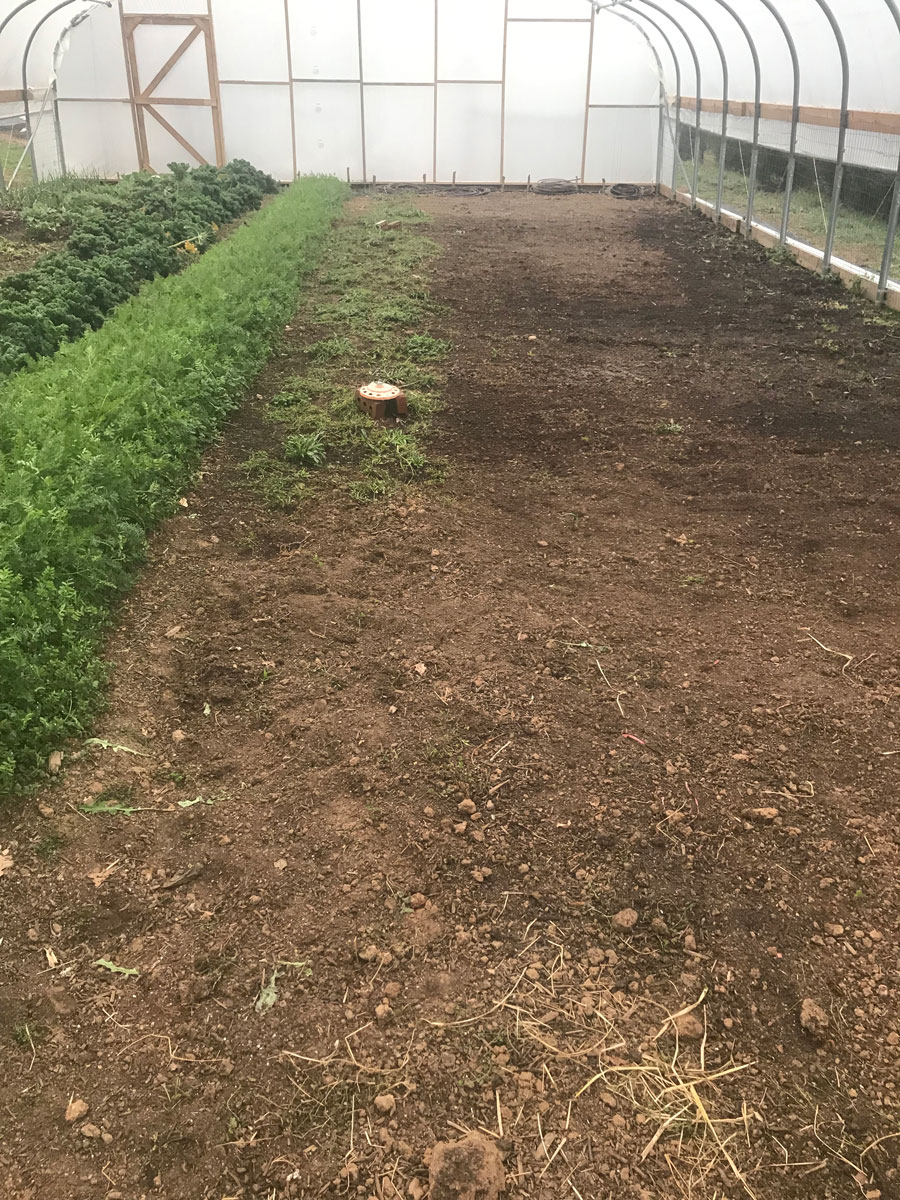

This year we were able to get the tunnel planted out earlier than last year and so far we’ve been having a warm spring and no threat of frost (4/15 is our last frost date in our area). We planted most of our warm weather crops in the tunnel, here is a list of what and when we planted.
- Tomatoes – 3/15
- Peppers – 3/22
- Cucumbers – 3/22
- Eggplants – 3/22
- Basil – 3/22
- Cilantro – 3/22
- Lettuce – 3/22
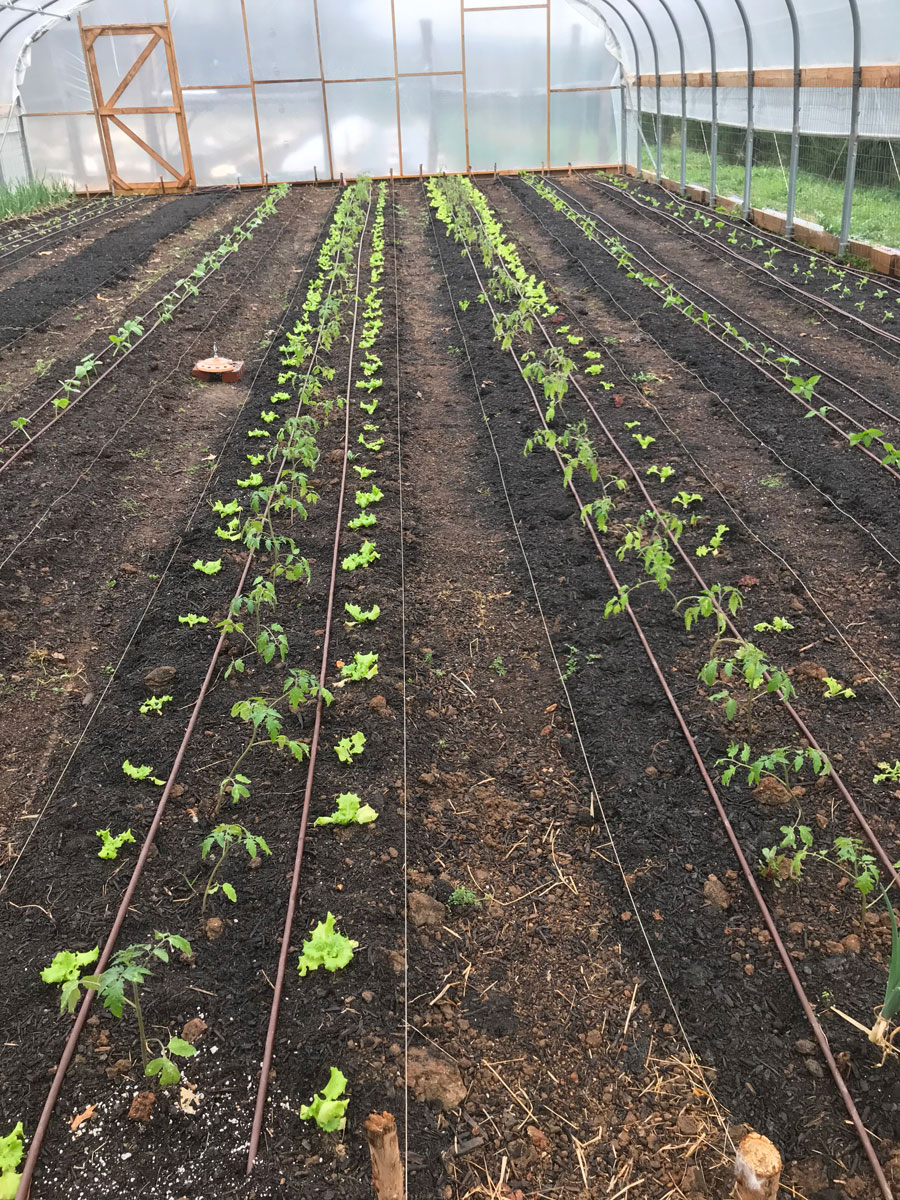
We also made a few additions to the high tunnel as a result of some things we learned last year. We hooked fans up to a thermostat in the tunnel to help move hot air out in the summer.
The roll up sides broke. We had used 3/4″ EMT thinking that it would be okay and cheaper, but the junctions were breaking and our handle broke. We definitely recommend not doing this. We fixed this with the common 1-3/8″ fencing top rails and these handles.
Outside Plot:

Things are really starting to take shape outside. Lots of successions of beyond organic vegetables being planted and transplanted. Today we are about to plant another succession of lettuce, beets, carrots, and cilantro, with four already in the ground! We additionally have garlic, potatoes, kale, cabbage and asparagus. We harvested our first handful of asparagus on 3/20 and added them to an omelette – delicious!
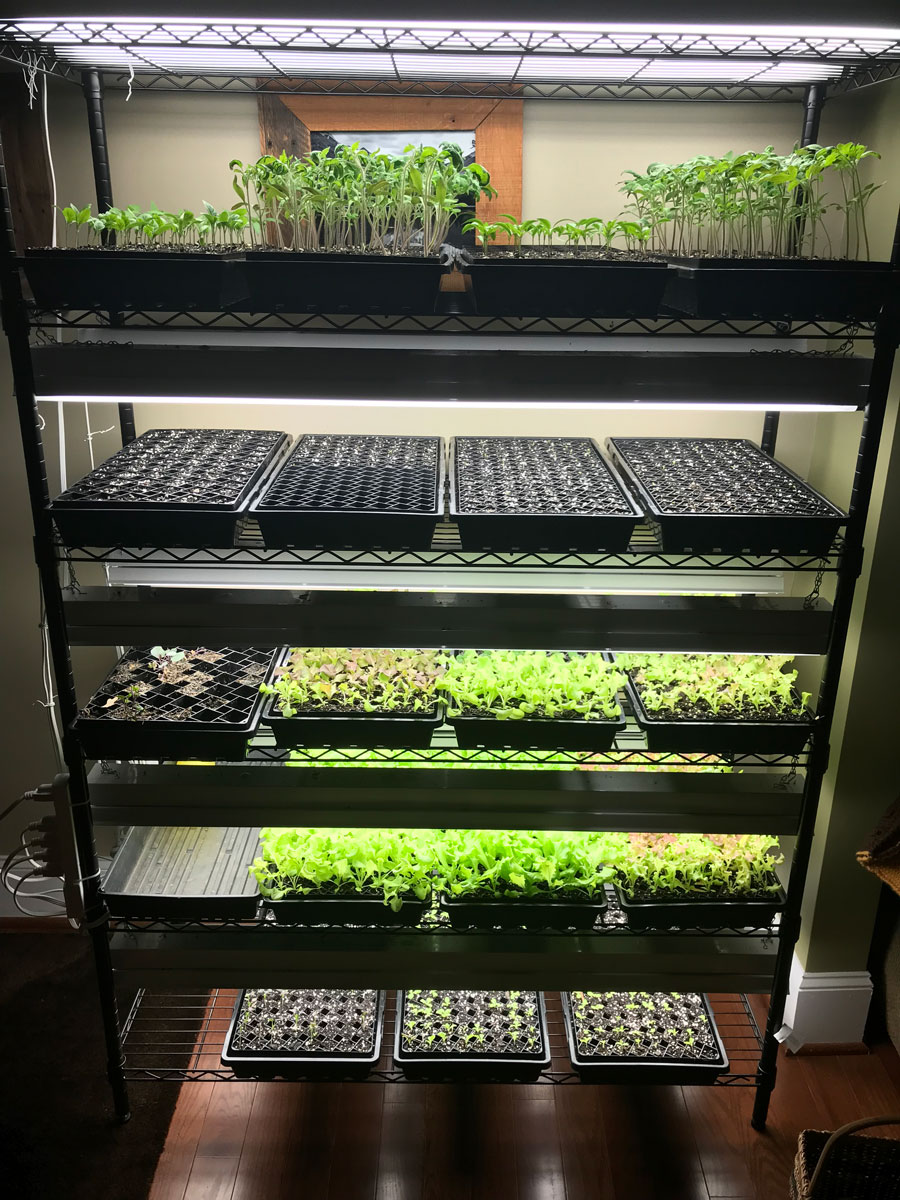


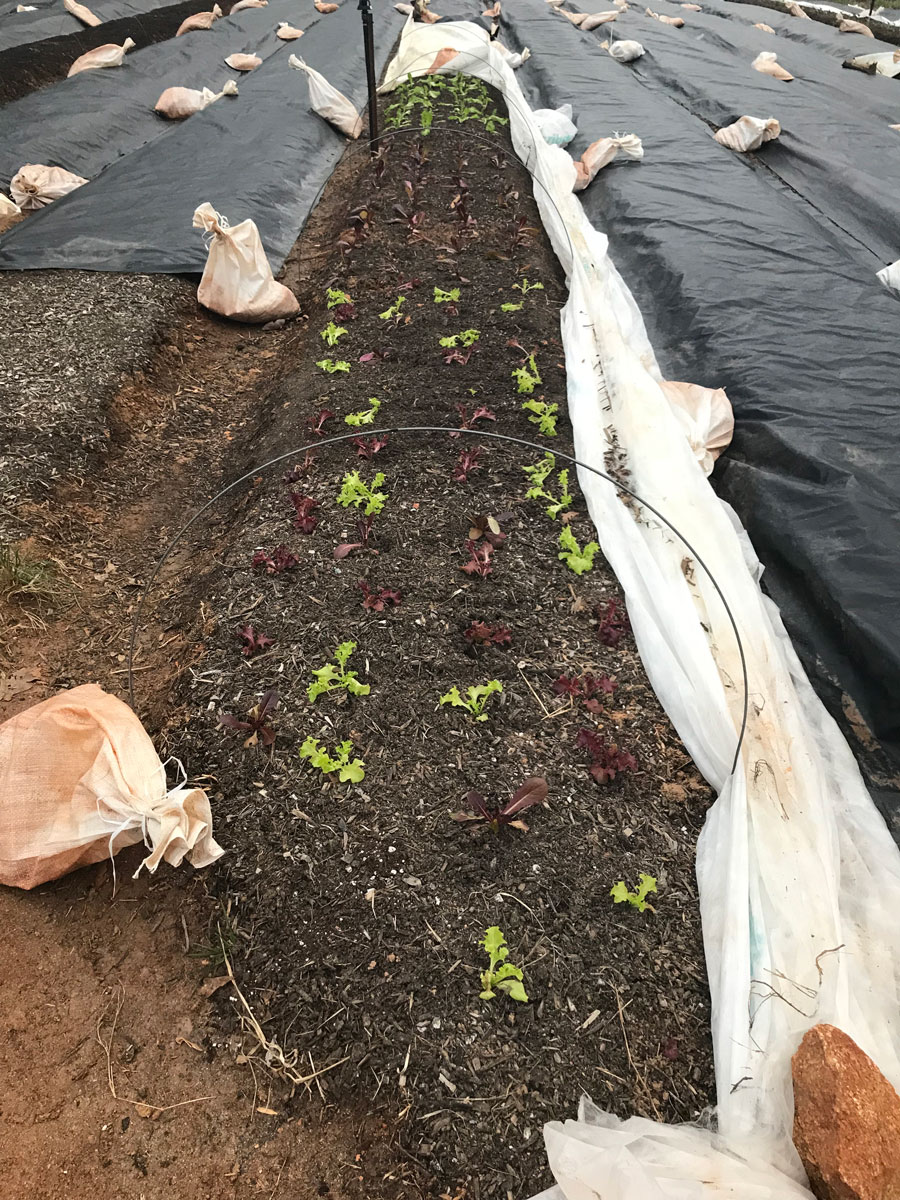

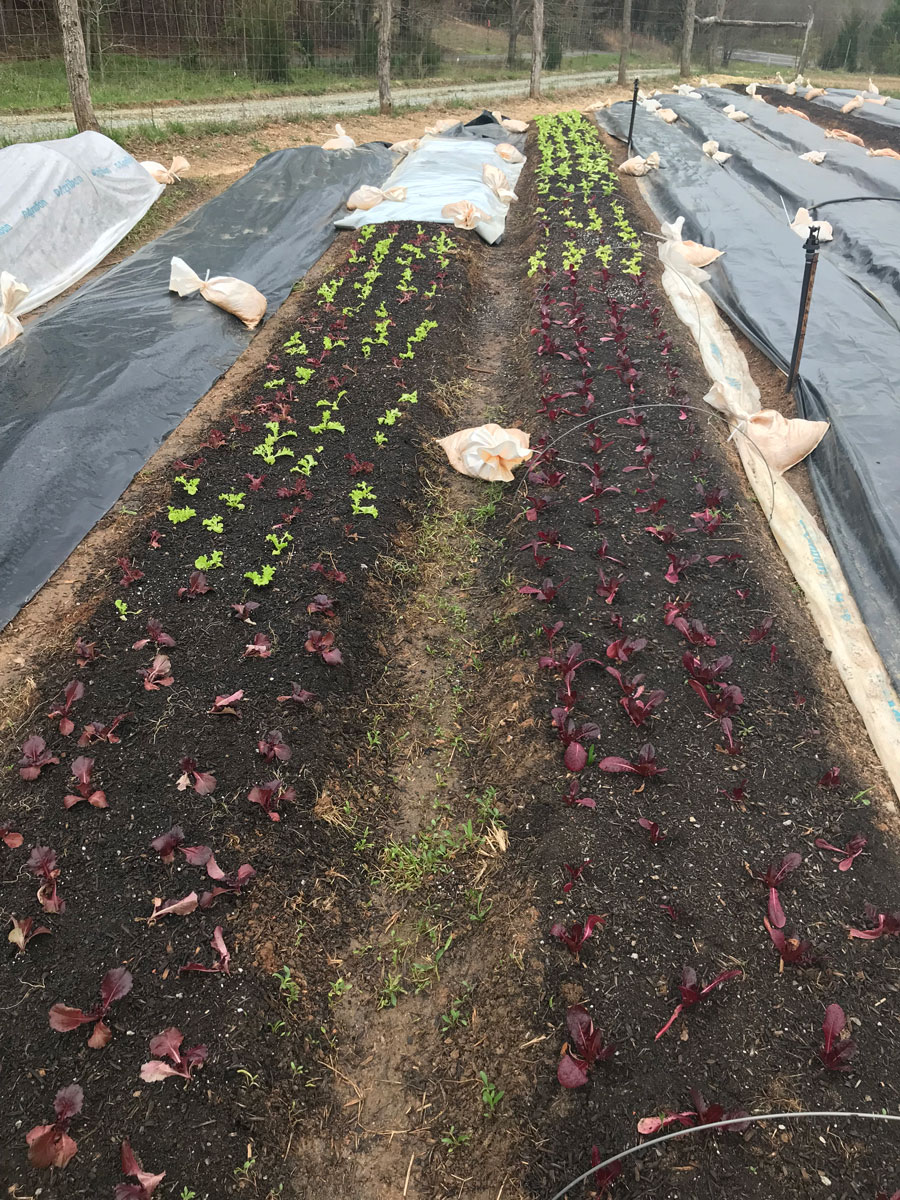
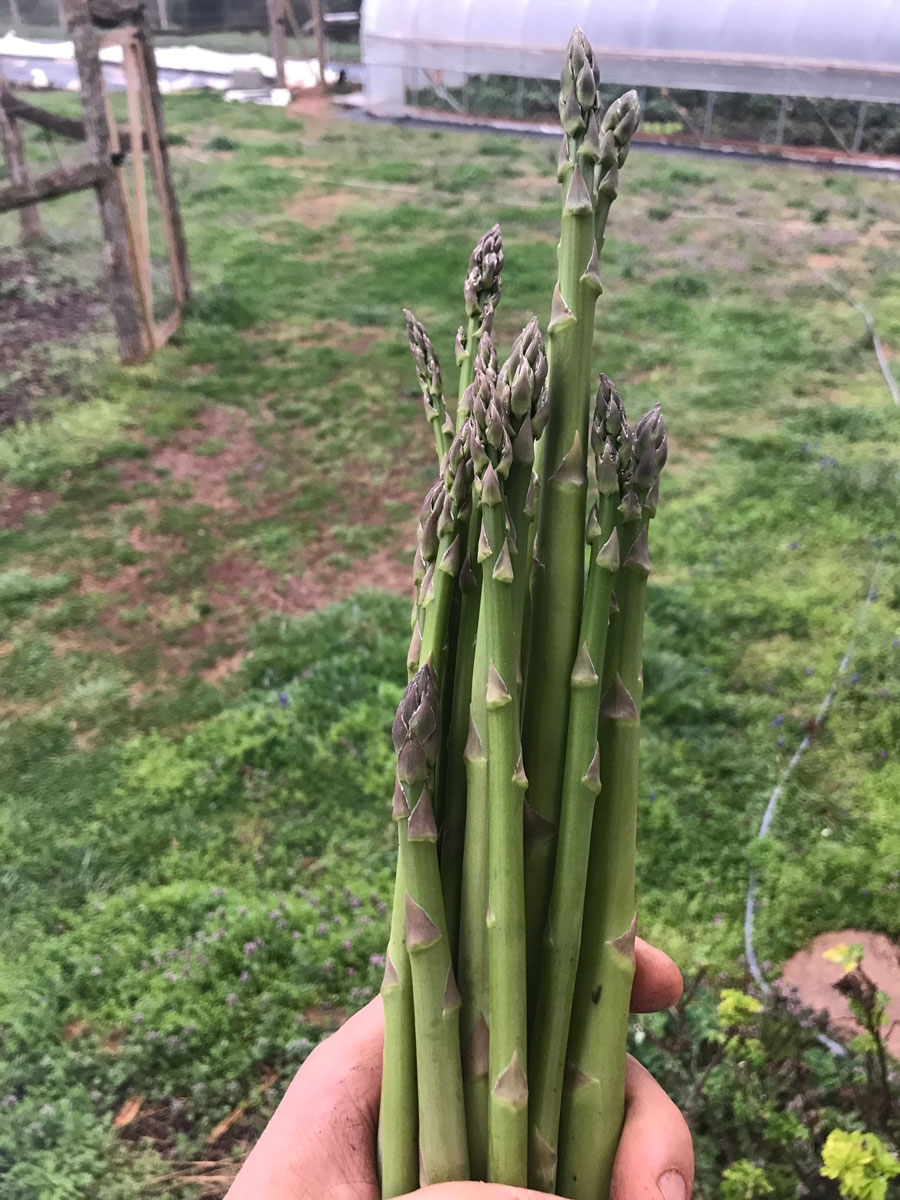
One of the last big projects out in the plot is the addition of wood chips and a weed mat perimeter. We’ve spent the last year attempting to get wood chips for free or cheaply with no luck. We are in a rural location and are thinking that tree services are more likely to dump them instead of delivering them. So, we made the leap and decided to purchase a used commercial chipper. We have plans to turn our wooded areas into more of a silvopasture system. Silvopasture systems are pretty neat if you are not familiar with them. The basic idea is to revert wooded lands back to the oak savanna biome common to the mid-western US. This habitat consists mostly of oaks spaced far apart with perennial grasses covering the ground. Mark Shepard is a leader in this area and his book Restoration Agriculture is a great resource of more information on silvopasture and the oak savanna biome.
In order for us to adapt our wooded areas to this type of habitat means we have a lot of trees to clear out. Getting a used chipper made the most sense in our case. It would allow us to keep that fertility on the property. It was really a two birds one stone situation: clearing trees for silvopasture and using the material for our permanent bed paths to keep weeds and erosion down. We found a used 6″ chipper a few weeks ago and have about 25 cubic yards of wood chips we are spreading out already!
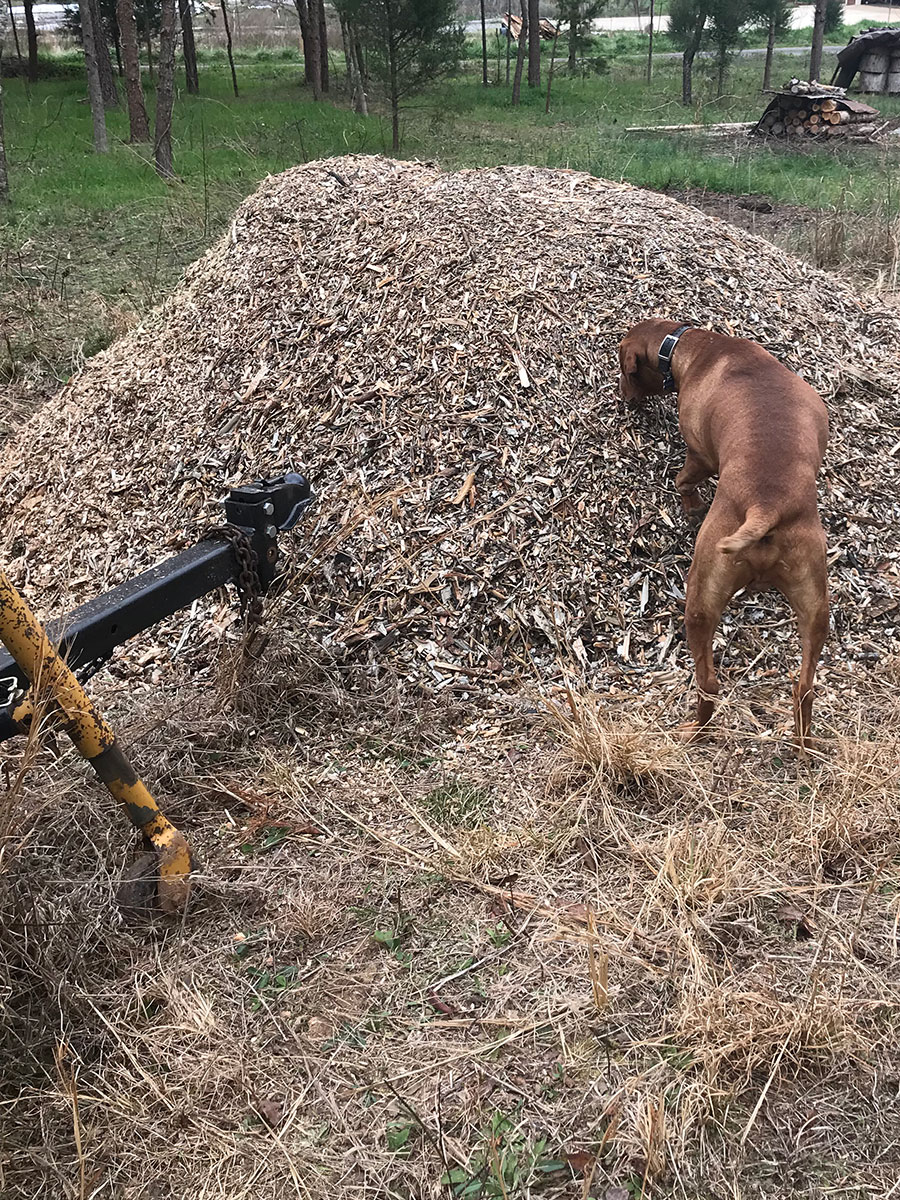
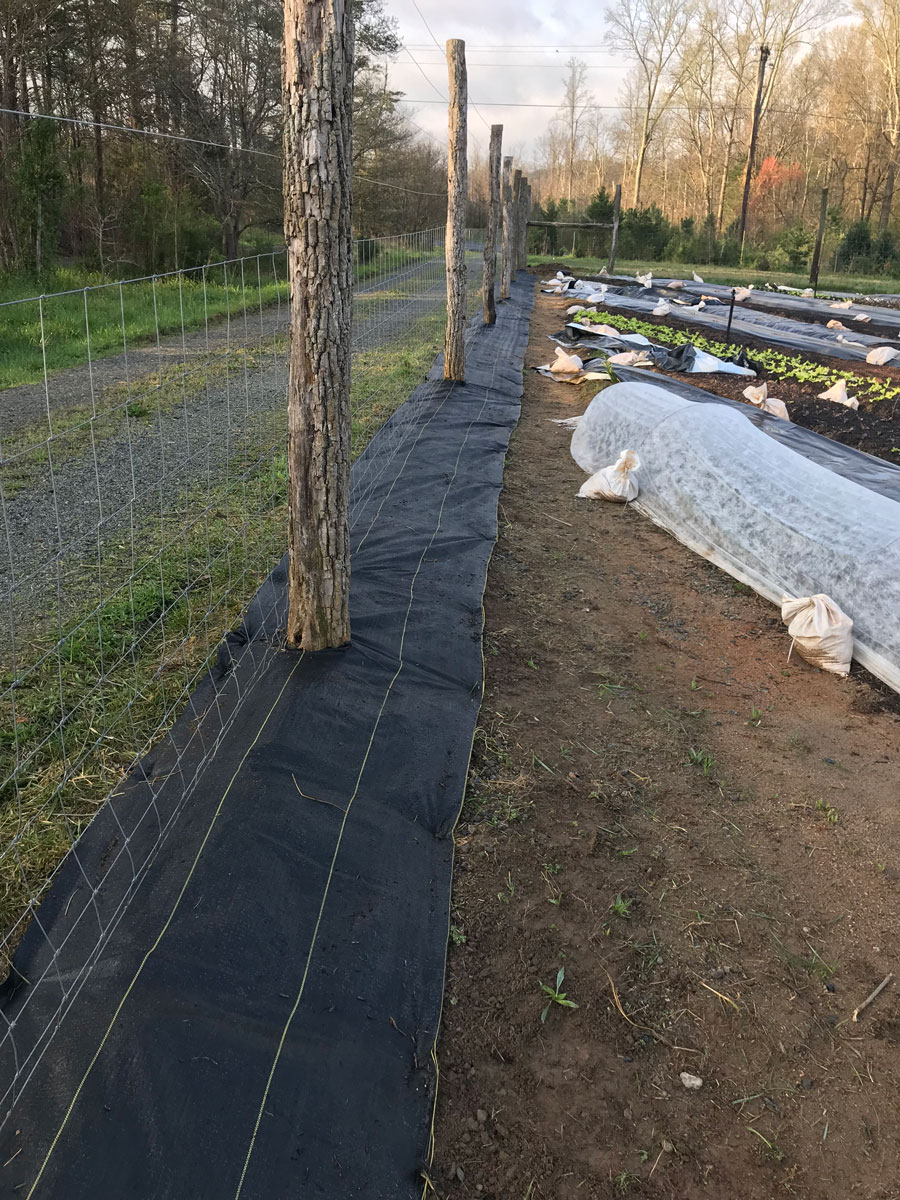
Chickens:
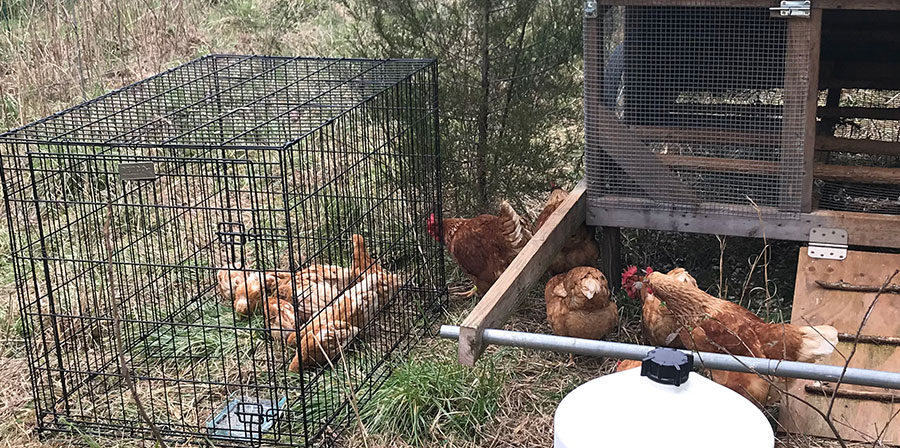
Well we got our 12 pullets (5 weeks old) and learned a hard lesson about integrating them with a mature flock. We followed recommendation of the grower which did not end up going like we hoped. We put the pullets in a dog crate with the older hens. We were told it provided them with a safe place while also introducing them to the flock. Well within two days they had killed three of the young birds through the crate. Take our advice – don’t do this! We decided to put them in the coop for a few days while we figured out what to do next. Eventually we moved them all to a new spot. The older hens got their coop back and one section of 100′ electric fence. The younger hens got the other 100′ of electric fence and the dog crate fashioned into a make shift coop. We put the fences side by side and ran a wire to electrify both fences. We will leave them like this and continue to keep them separated until the younger hens are big enough to hold their own when they find a “pecking order.” As new chicken owners we learned that the phrase “pecking order” is not just a fun little saying, in the chicken world this is a very real thing.
Wash-Pack Shed:
It’s Done! We wrapped up the last big project on the farm. Our walk-in cooler is working and we are all set up to start harvesting and processing vegetables.
DIY Walk-In Cooler
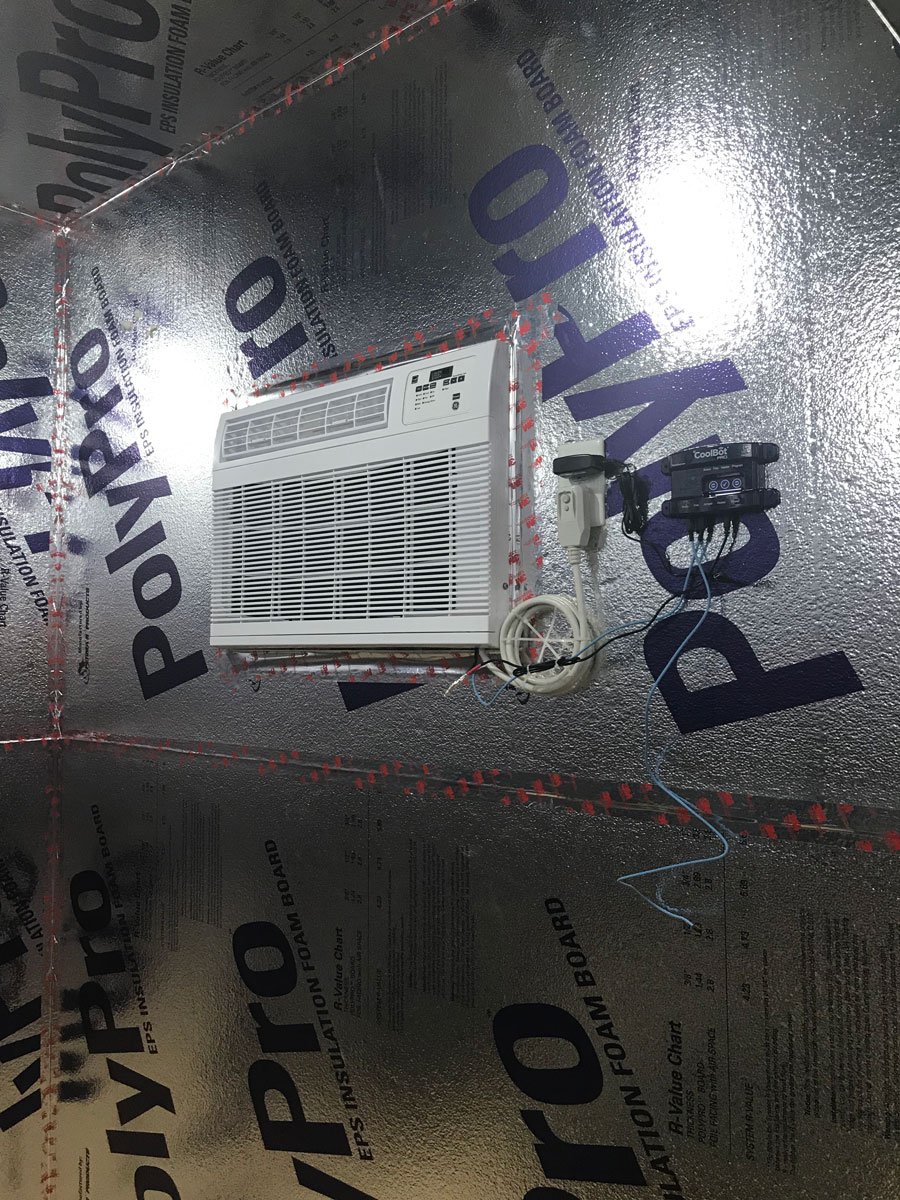
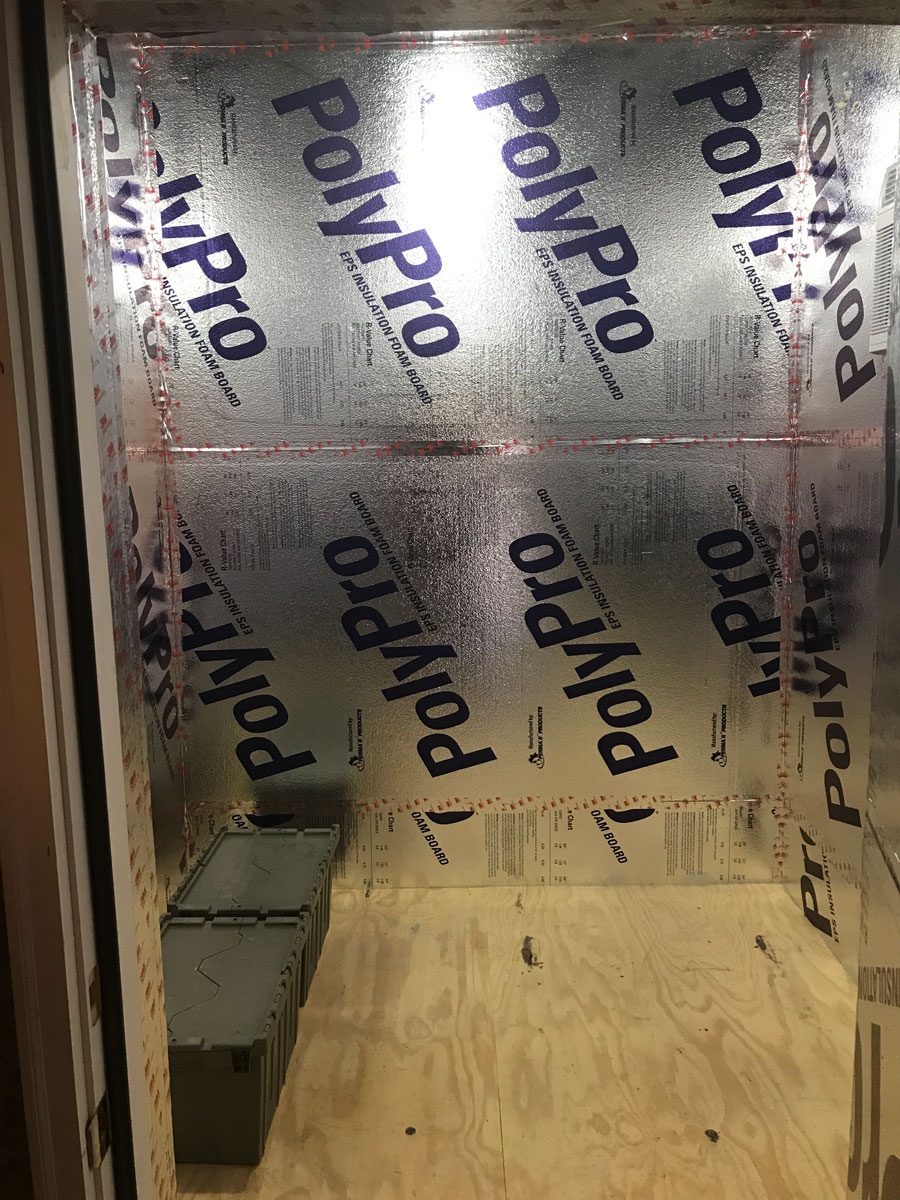
Wash/Pack Area
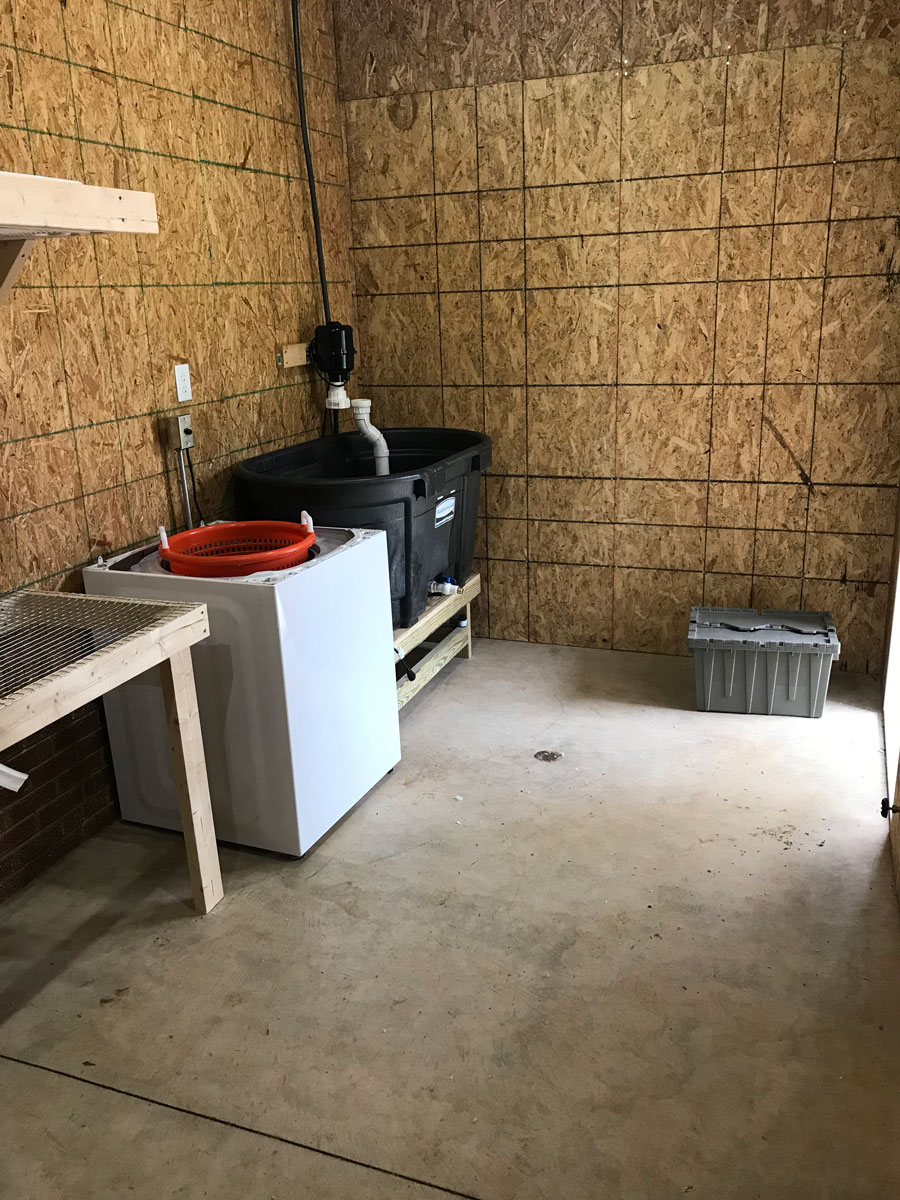
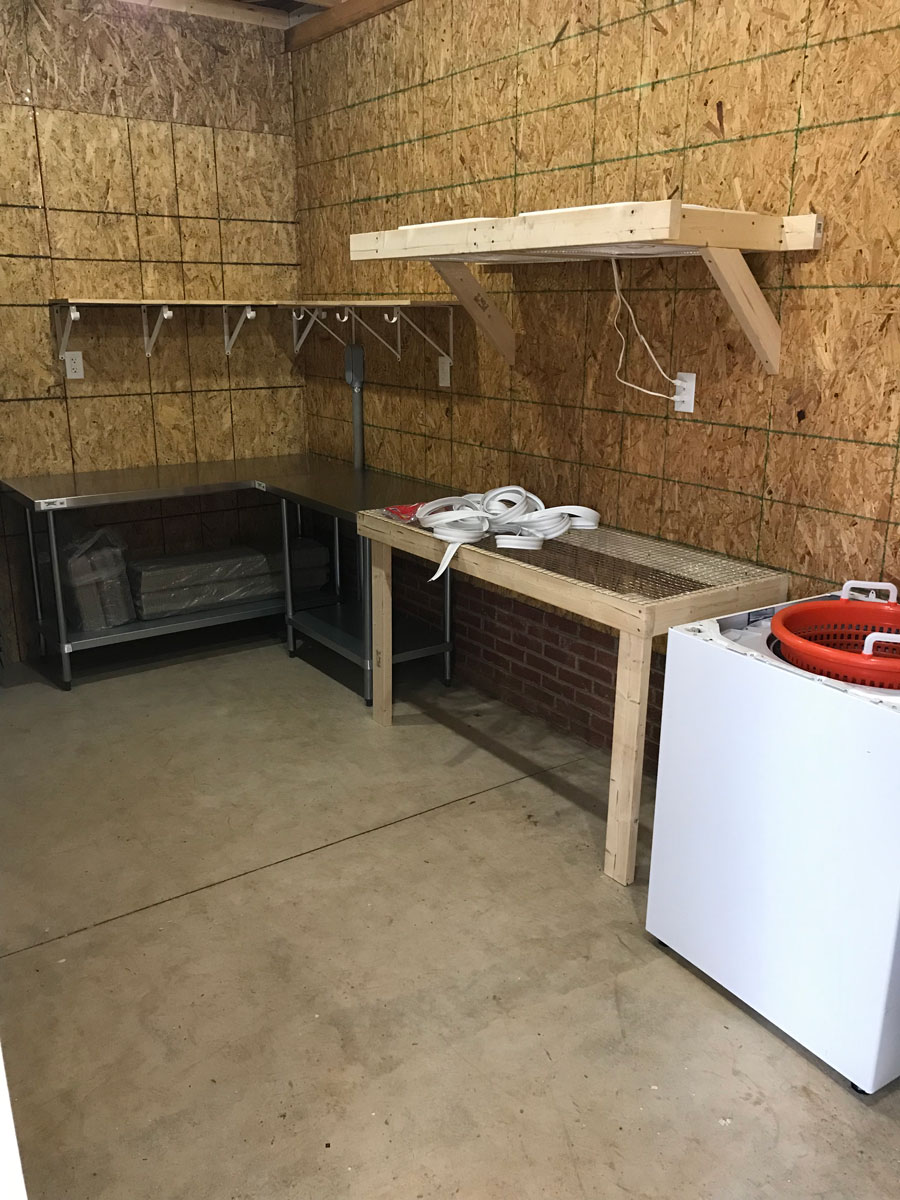
From Around The Homestead:

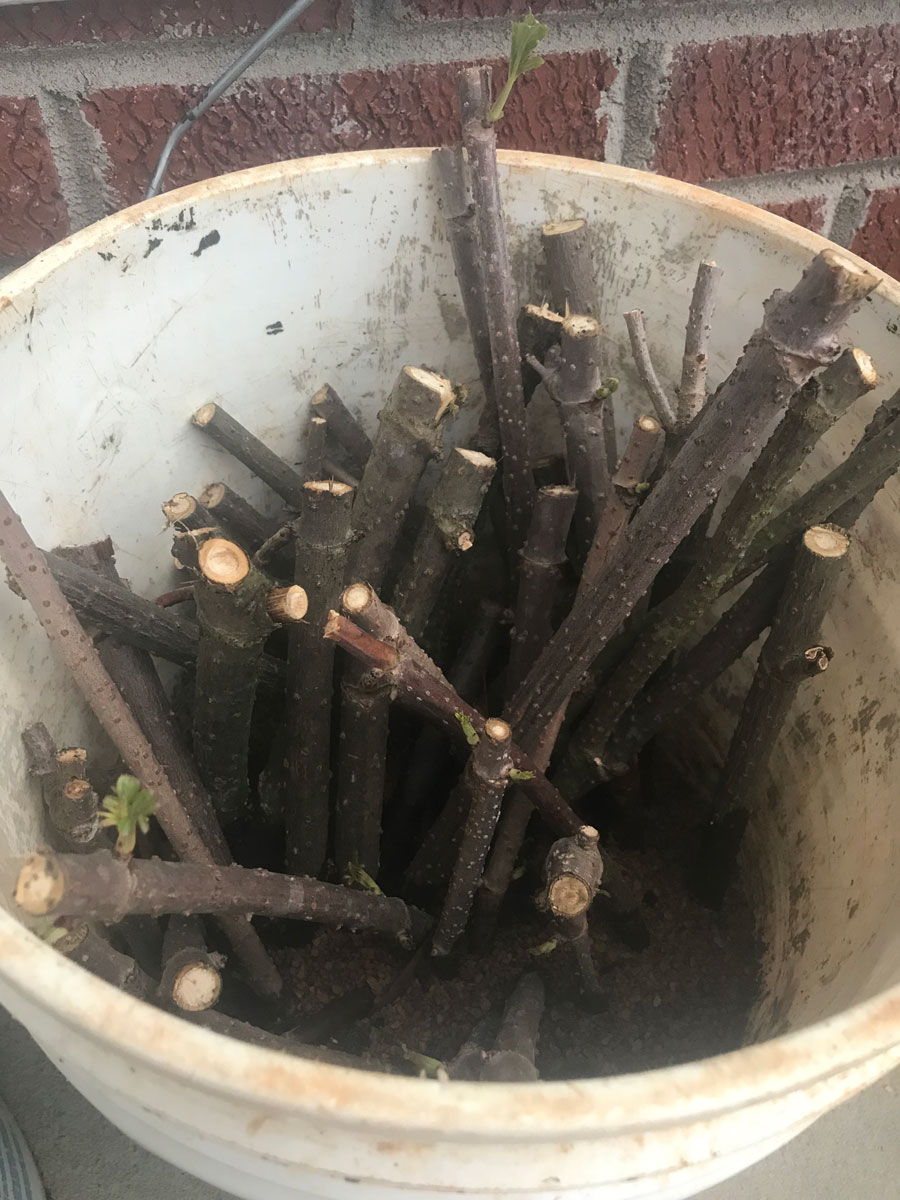
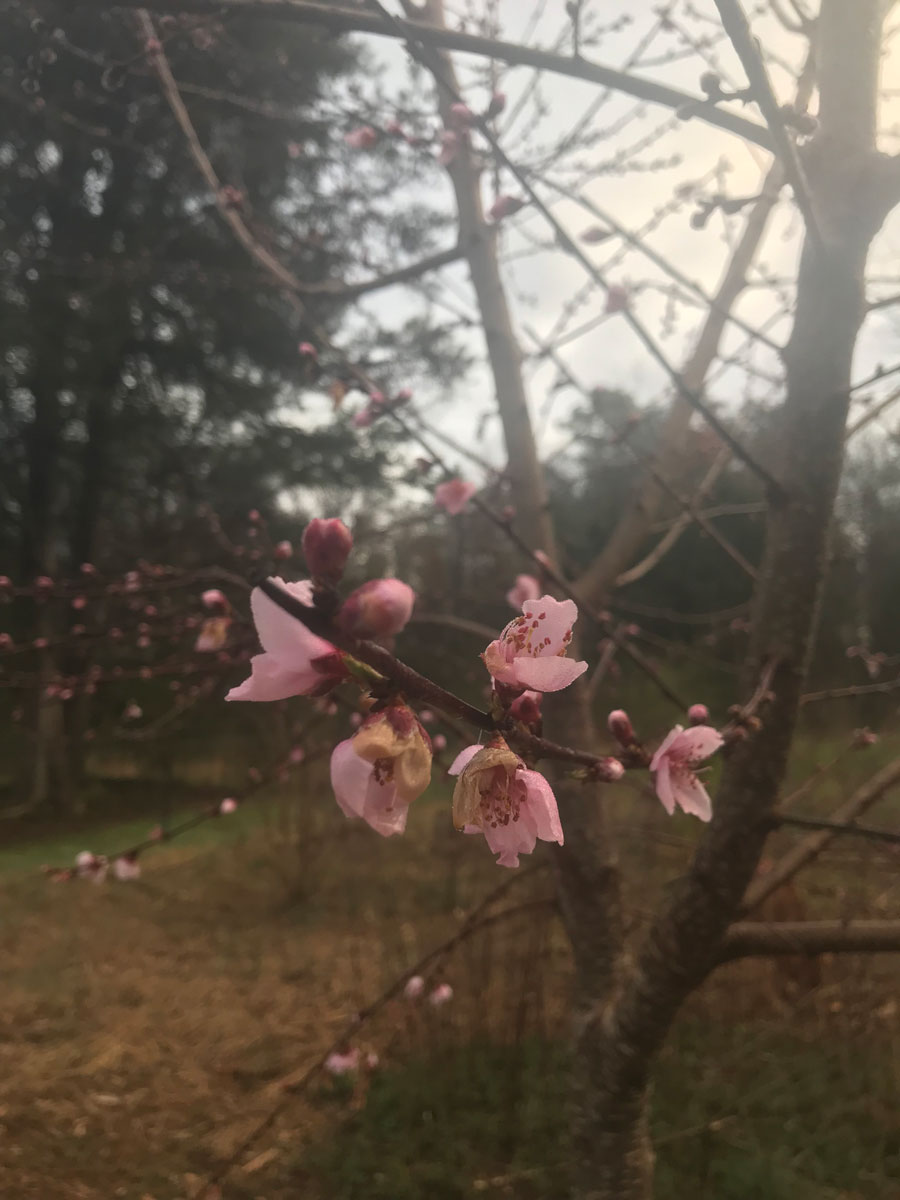
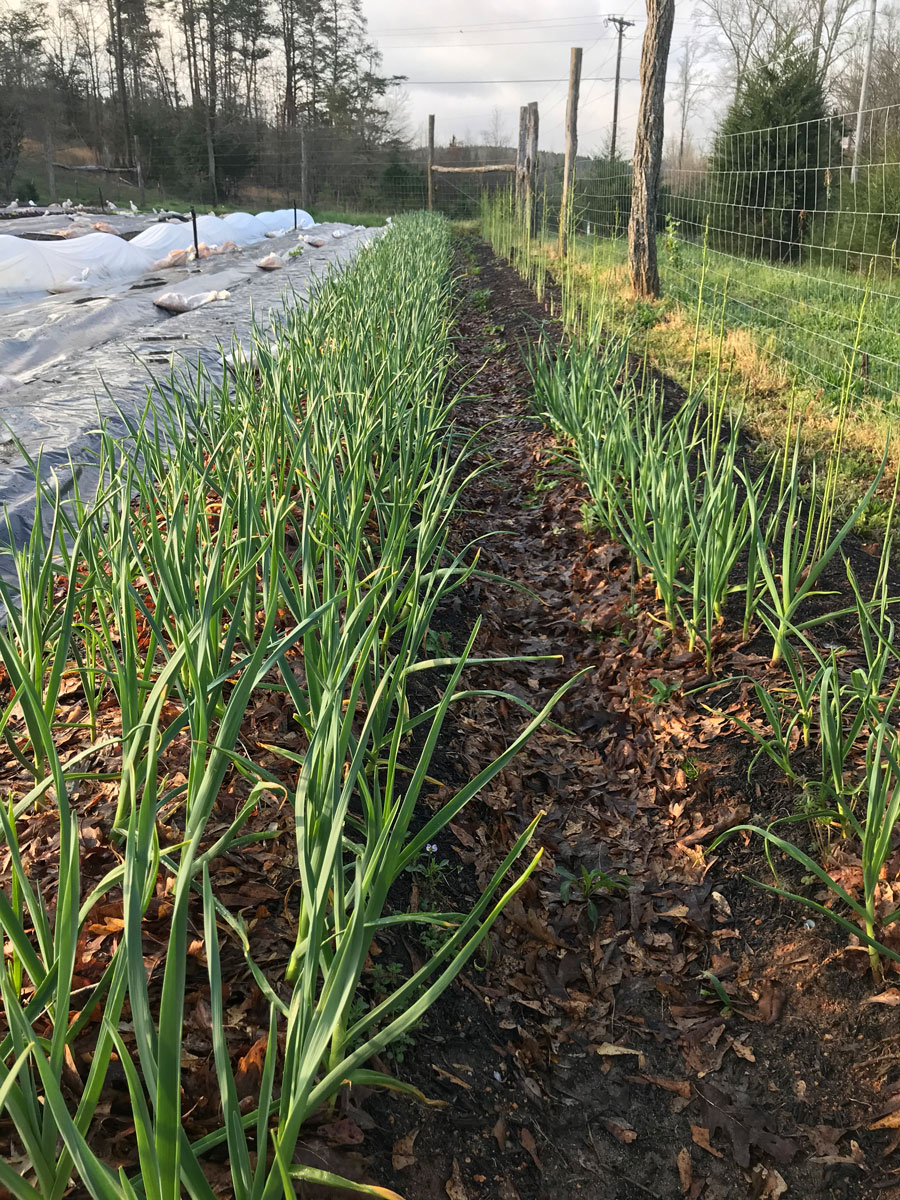
Thanks for reading,


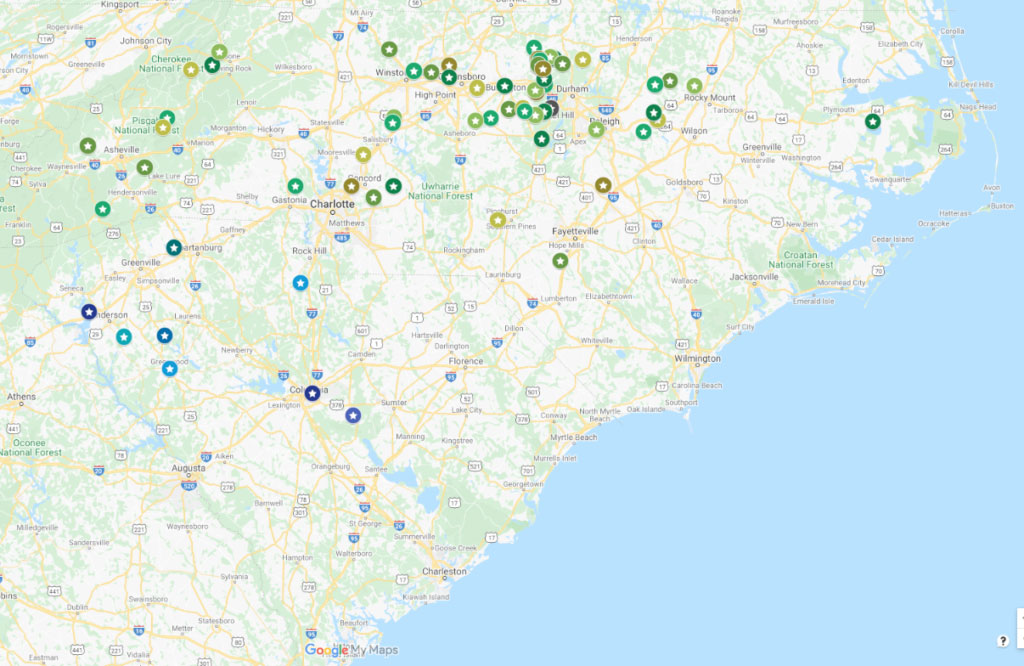
Comment (1)
Ellen Helmuth April 2, 2020
Re using wood chips for the walk ways, we found when we did that in our garden paths, it attracted ear wigs. Wood chips is a prime habitat for ear wigs. And maybe you don’t have ear wigs because your chickens would love them!! We switched to straw for the walk ways and we seemed to have reduced populations last summer. We don’t have chickens. Love following what you are doing. Ellen & Keith